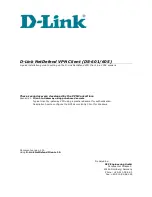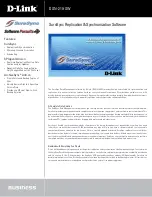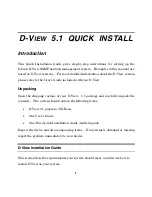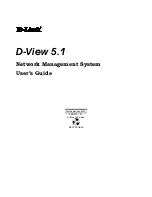
11
Ratio
The ‘Ratio’ dial determines the rate at which compression is applied to a signal with increasing input, and is the ratio of change
in input level compared to change in output level. The control gives a range of 1.5 to ∞. With ‘Switch’ activated as default, the dial
rotates through the stepped values indicated unless ‘Switch’ is deselected, when the dial will continuously rotate.
Rel
‘Rel’ (release) determines how quickly compression is removed once the level of the source signal has fallen below the
threshold. The release time begins at 0.1 seconds (fully anticlockwise), which may be appropriate for rapidly varying signals to
avoid compressing the beats that follow, but can result in excessive distortion on more sustained material. Clockwise rotation
continuously increases the release time, giving a smoother effect, but which at the same time may result in transients causing
audible “pumping”. The maximum release time is 4 seconds.
Atck
‘Atck’ (attack) determines how quickly compression is applied once the level of the source signal has risen above the threshold. The
attack time is fastest when fully anticlockwise, making the compressor react to the peak levels of the signal. This is sometimes
desirable but can cause unwanted “pumping” of steadier low level components of the signal, due to short transients. Rotating the
dial clockwise will increase the attack time, causing the compressor to ignore short transients and respond more to the average
loudness of the signal.
Gain
After the overall level has been reduced by compression, the ‘Gain’ dial allows you to increase the output level. 20dB of makeup
gain is available.
Auto
When the auto button is pressed, the release curve response is determined by the musical material and the auto release calculation.
The release rate varies to suit the dynamics of the signal. This is especially effective on complex programme material, and enables
the use of fast attack times without incurring any “pumping” type artefacts. When auto release is pressed in the release knob can
still be rotated however the position and release value shown on the release knob has no effect over the release time.
Switch
With ‘Switch’ illuminated (default), the threshold and ratio selection dials rotate in the steps indicated on the panel, as on the original
ISA 130. Deselecting ‘Switch’ will make the values vary continuously from the minimum to maximum values.
Key
Pressing the ‘Key’ switch sends the signal routed to the key input to the sidechain of the compressor. Either an interface channel or
bus can be assigned by clicking on the Key input block, located on the generic plug-in border. This allows one or more tracks to
drive the compressor, to help select the most appropriate form of compression. When compressing a dance track for example, all
tracks except for the bass could be sent to the Key input to help retain more natural dynamics in the bass. If no specific key
input is selected but the switch is activated, then the regular input to the compressor is used.
Listen
The ‘Listen’ switch enables the compressor’s sidechain to be audibly monitored, ensuring accurate frequency adjustment during
setup. Filters can be sent to the sidechain using the switches below the de-esser panel. (See Filters explanation in the Dynamics
section below.)


































